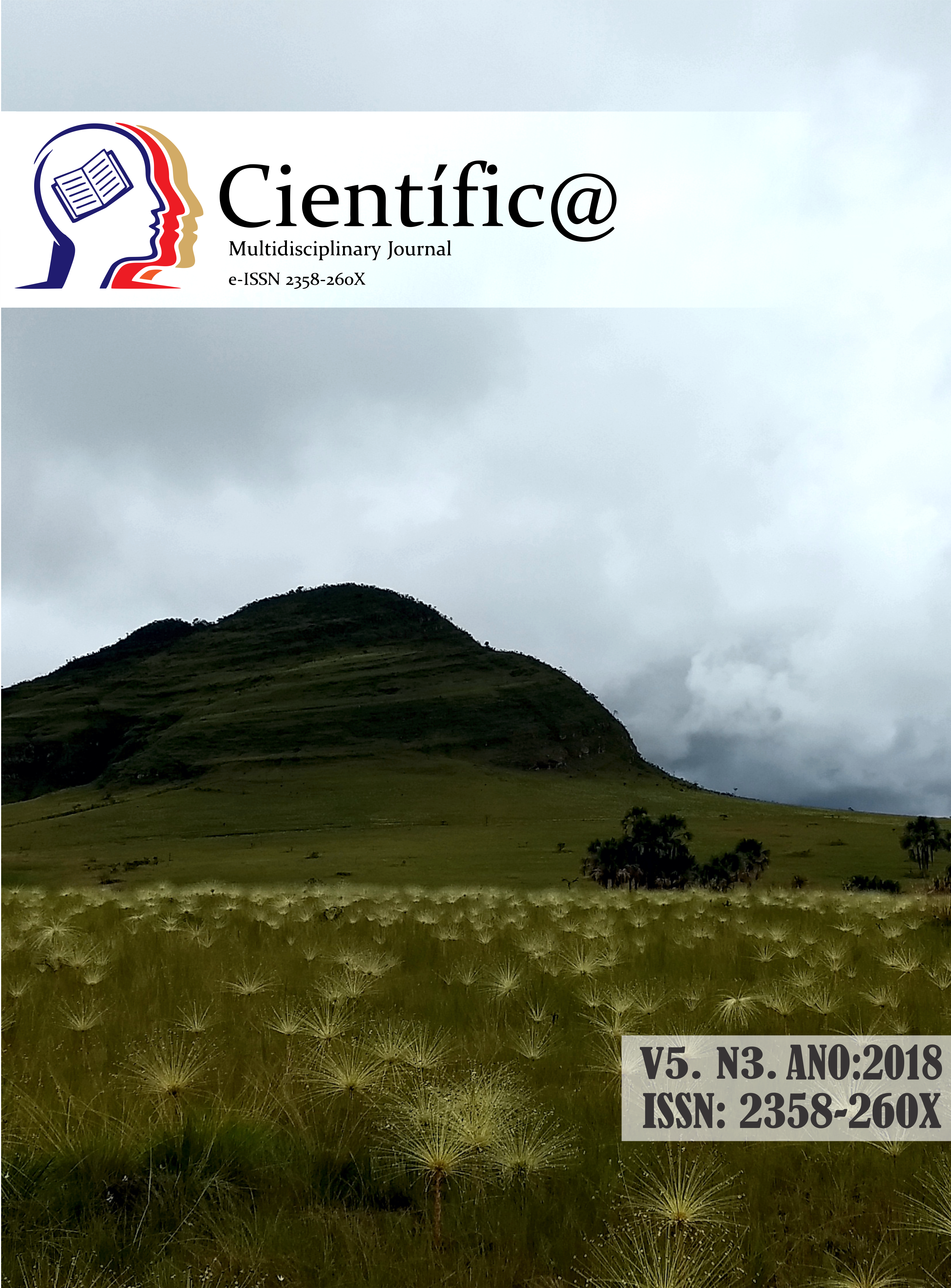BIOLOGICAL CONTROL: A QUICK LOOK IN THE ADVANCES OVER 30 YEARS
DOI:
https://doi.org/10.29247/2358-260X.2018v5i3.p180-186Abstract
Biological control is still quite debatable and questioned, especially by producers who still do not see it as a viable and cheap alternative to the control of various types of diseases. Its beginning in the Brazilian market was quite contradictory, mainly due to the false premise that biological control could isolatedly control several diseases. It is known today that biological control, like any other form of disease control, must be associated with another or other types of control to be successful, especially over time. Biological control has emerged as an excellent alternative to control some types of diseases, mainly associated to soil, as in the case of phytopathogenic nematodes and soil fungi. It is easily sold for its lower toxicity and similar effectiveness in certain cases to chemical control. Currently several products from reputable companies can deliver excellent results, provided that the rules of use are followed. Thus, this brief look at the advances achieved by biological control over 30 years, aims to synthesize some knowledge and reflect on the state of the art of this type of control and the directions that will probably be taken about the use of living and antagonistic organisms for the control of diseases in plant organisms.
Keywords: biological control; technologic advances; alternative control.
Downloads
Published
How to Cite
Issue
Section
License
Esta revista oferece acesso livre imediato ao seu conteúdo, seguindo o princípio de que disponibilizar gratuitamente o conhecimento científico ao público proporciona maior democratização mundial do conhecimento.
A partir da publicação realizada na revista os autores possuem copyright e direitos de publicação de seus artigos sem restrições.
A Revista Científic@ - Multidisciplinary Journal segue os preceitos legais da licença Creative Commons - Atribuição-NãoComercial 4.0 Internacional. 

